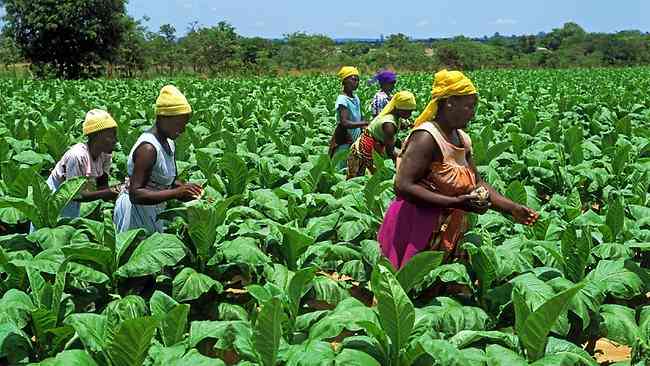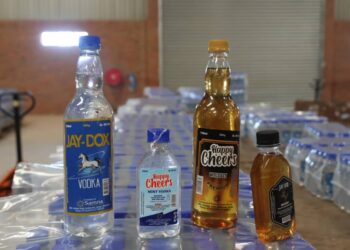These two nutrients, according to Kutsaga, are critical for growth and development of tobacco plants and have a strong effect on yield and quality of the crop.
KUTSAGA has urged tobacco growers to safeguard their crops from leaching as the country experiences a wet spell that could lead to the washing away of nutrients, particularly nitrogen and potassium.
These two nutrients, according to Kutsaga, are critical for growth and development of tobacco plants and have a strong effect on yield and quality of the crop.
Insufficient nitrogen results in pale and yellowed leaves, which, though immature, appear visually ripe (false ripening) and lack the desired physical and chemical properties.
In the case of potassium leaching, the research organisation said the leaves are small because leaf expansion is limited and potassium firing develops which results in loss of yield and quality of the affected leaf.
Thus, these conditions result in reduced yields translating to low returns on investment.
Fertiliser adjustments
Where leaching symptoms have been observed such as yellowing of leaves of the entire plant, Kutsaga said growers are advised to replace the leached nitrogen with prompt additional side-dressing.
“It is often difficult to be precise about the amount of nitrogen to be applied as the amount of leaching in soil depends on the soil texture, the amount of moisture in the soil, permeability of the soil, slope of the land, ridge orientation and the amount of nitrogen or potassium initially applied,” Kutsaga said in its latest newsletter.
However, as a general guideline, the organisation said 75 kilogrammes (kg) of ammonium nitrate per hectare (ha) or 150 kg calcium nitrate/ha should be sufficient.
“Note that deep coarse-grained soils may require more. For December plantings, as much as 300 kg/ha ammonium nitrate can be added in four applications of 75 kg/ha at weekly intervals; or 600 kg/ha calcium nitrate in four applications of 150 kg/ha at weekly intervals.
“Nevertheless, ammonium nitrate is more persistent in the soil than calcium nitrate which is more prone to leaching. Thus, calcium nitrate will be more suitable at later stages of plant growth, that is after topping.”
Nitrogen foliar sprays
Kutsaga said nitrogen can also be applied as a foliar spray to avoid leaching losses. However, it said growers need to be careful as high concentrations can result in leaf burn. Research at Kutsaga has shown that ammonium nitrate, potassium nitrate and calcium nitrate may be applied at 0,5% concentration or less without leaf burn. In this case, two or three applications must be made at weekly intervals to achieve sufficient amounts of nitrogen in the leaf.
Potassium
In the case of potassium, Kutsaga said deficiency is more often directly related to weather or environmental conditions than to the available potassium in the soil profile. It said excessive soil moisture slows down the diffusion of potassium to the roots resulting in deficiency symptoms.
“In many cases, if soil moisture conditions can be improved, deficiencies are self-correcting without any additional potassium being applied. Additional applications of potassium fertiliser are only recommended in extreme cases where leaching has occurred and deficiency symptoms are severe,” Kutsaga said.
“If there is a need to apply extra potassium, growers are advised to apply 100 kg/ha of sulphate of potash.
“It is not advisable to apply muriate of potash (potassium chloride) because it also supplies chlorine which reduces the quality of the cured leaf. Where potassium sulphate is in short supply on the market, growers can substitute ammonium nitrate with potassium nitrate.”
SOURCE ; NEWSDAY










